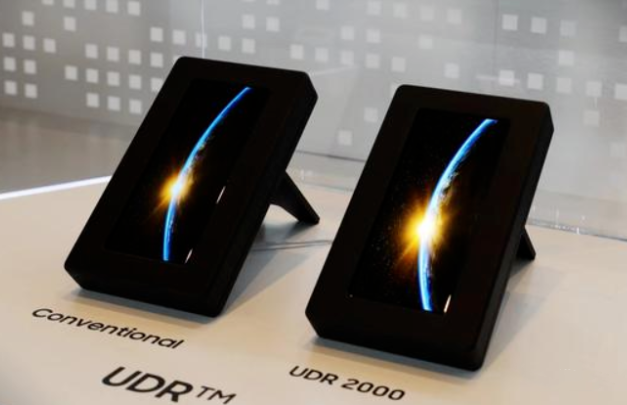Samsung Display has improved its profitability by reducing its cost burden amid rising raw material prices. It is analyzed that this is due to the significant improvement of OLED production and other technologies.
According to industry sources, costs accounted for 70.2 percent of Samsung Display's sales last year. This means that a product sold at 100 won costs 70.2 won. 81.1% in 2020, 73.3% in 2021... The cost burden is decreasing year by year. The more costs such as raw material costs and depreciation costs of production plants are reduced, the more profitability is improved.

Samsung Display's quantum dot (QD-OLED) panel, which was first mass-produced in November 2021, had a yield of only 50 percent in its initial engineering. However, after several months, the yield exceeded 90 percent through manufacturing process innovation. Samsung Display's production of QD-OLED panels is estimated to have increased by 10,000 or 40,000 per month from last year. The company plans to increase production to 45,000 sheets per month through stable yield this year.
Market research firm DSCC expects Samsung to cut manufacturing costs of 65-inch QD-OLED panels by 30 percent this year. The production cost of QD-OLED panels is expected to drop to 750 dollars from 1,100 dollars now. By 2026, the cost of manufacturing QD-OLED panels will fall to $600, the DSCC predicts.
Against this backdrop, Samsung Display is increasing its cost competitiveness by investing in small and medium-sized OLED panels used in IT to keep pace with China. Samsung Display plans to invest 4.6 trillion won by 2026 to expand the production line of 8.6 generation OLED, which will be equipped with tablets and laptops
The 8.6 generation is the world's first attempted manufacturing process. This is a measure to greatly expand the size of glass substrate and increase the scale of panel production, which is expected to reduce the cost burden caused by increased production capacity.
An industry source said, "With government support, Chinese companies are racing to catch up with Korean companies in the OLED market, including LCD, and are making efforts to secure price competitiveness. Now is the time to consider policy support for large-scale investment such as expanding production lines in the display industry.
Contact: Sky Tang
Phone: 0086-15013519545
E-mail: info@witlight.cn
Add: Shenzhen, China